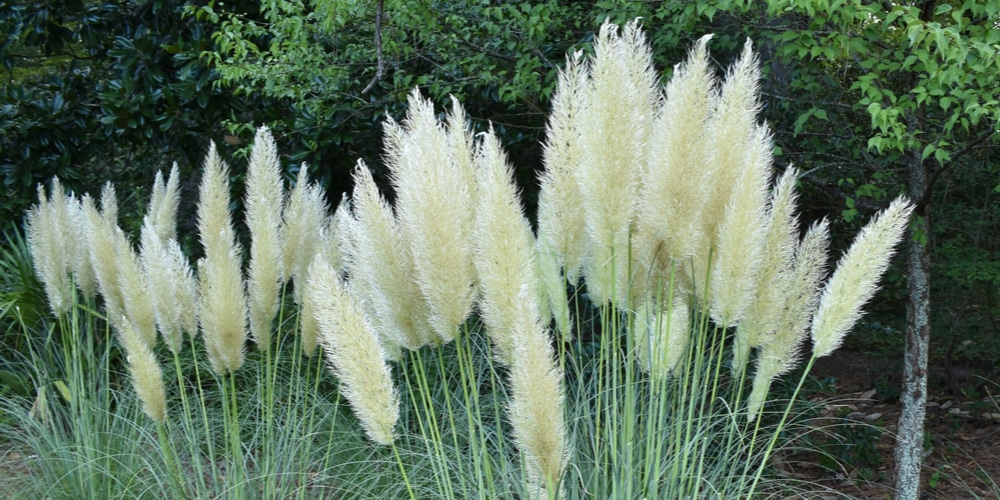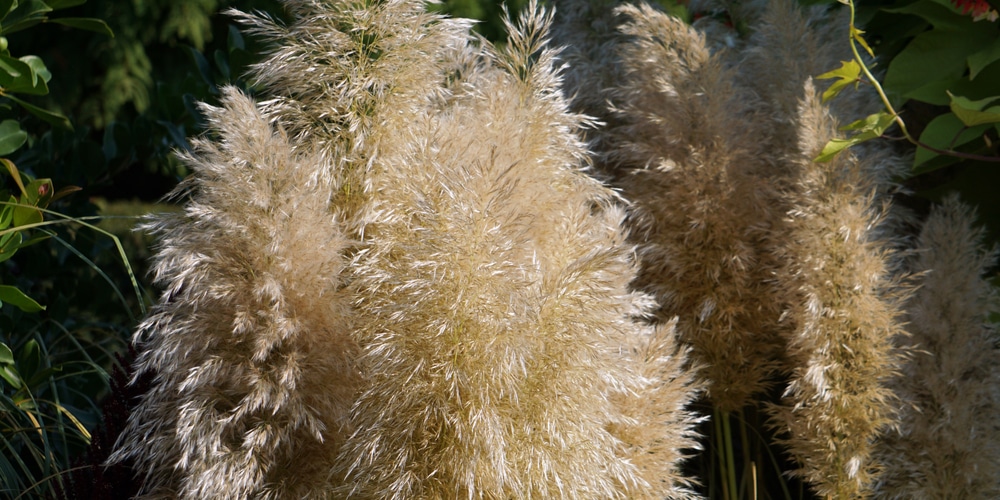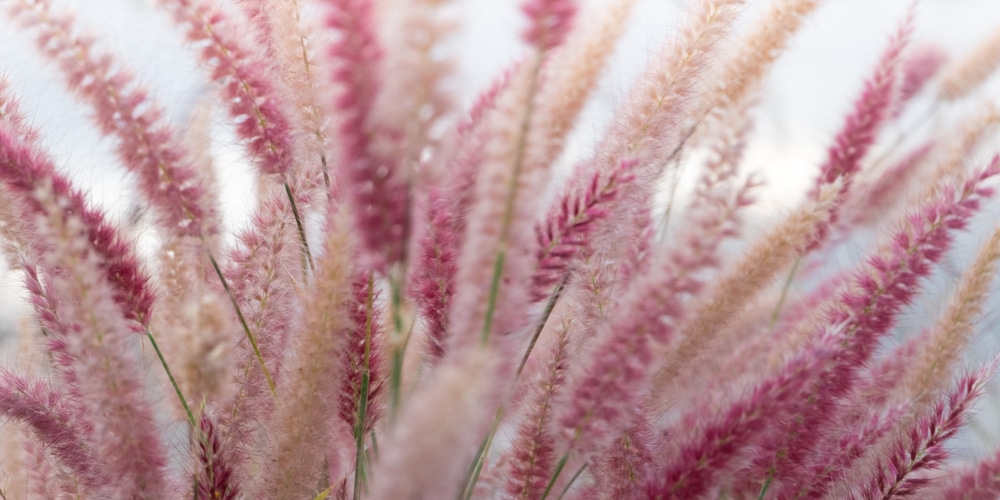Pampas grass is a beautiful ornamental plant that can be used to add a touch of elegance to any landscape. It is surprisingly easy to grow, making it an excellent choice for gardeners of all experience levels. Before planting you need to determine whether you’re in the right pampas grass hardiness zone.
This article will discuss the basics of growing pampas grass, from planting to care and maintenance. As well as pampas grass hardiness zones. So if you are interested in adding some pampas grass to your yard, read on!
What Is Pampas Grass, And Where Does It Come From?
Pampas grass is a tall, feathery grass native to South America. The fine, white blades of pampas grass have made it a popular choice for landscaping and decorative purposes. Pampas grass grows in clumps that can reach up to six feet tall, and the foliage turns a beautiful golden-brown color in the fall.
Although pampas grass is often associated with wetland habitats, it is quite drought-tolerant and can grow in various soil types. Pampas grass is also reasonably low-maintenance, making it ideal for busy homeowners.
If you’re looking for a unique way to add visual interest to your yard, pampas grass may be the perfect solution.
How To Plant Pampas Grass
Pampas grass can be a bit finicky to grow. Pampas grass is well worth the effort. Here are a few tips on how to plant pampas grass:
When planting pampas grass, give it enough room to spread out. Each clump of pampas grass can grow up to six feet wide, so plant them at least three feet apart. You can also start pampas grass from seed, though it can be challenging to get the seeds to germinate.
Pampas grass hardiness zone
The grass is hardy in USDA zones 7 through 11, which means that it can withstand colder temperatures than many other types of grass. However, well-protected areas, such as greenhouses or sheltered gardens, can even be grown in Zone 6.
It’s not suited for cold regions unless grown in pots, brought indoors over winter, and replanted outdoors in spring. Due to its large size, however, this isn’t practical.
If you live in a cold region and are determined to grow this grass, you may better plant it in a pot that can be moved indoors when the weather gets too chilly. Otherwise, you may want to consider a different type of grass for your garden.
How To Care For Pampas Grass
Pampas grass is relatively low-maintenance, but there are a few things to consider when caring for this plant. First, pampas grass prefers full sun and well-drained soil. Be sure to plant your pampas grass in an area that receives at least six hours of direct sunlight each day.
Second, pampas grass is drought-tolerant but will need supplemental watering during extended periods of dry weather. Be sure to water your pampas grass profoundly and allow the soil to dry out completely between waterings.
Third, pampas grass can be susceptible to fungal diseases such as powdery mildew and rust. These diseases are typically more prevalent in areas with high humidity levels.
If you live in an area with high humidity, provide your pampas grass with plenty of airflow by planting in an open area or pruning away any overgrown vegetation.
By following these simple tips, you can enjoy the beauty of pampas grass for many years to come!
Pampas grass hardiness zone: Final Thoughts
Pampas grass is a beautiful ornamental plant that can add a touch of elegance to any landscape. It is surprisingly easy to grow, making it an excellent choice for gardeners of all experience levels.
With its tall, feathery blades and stunning fall color, pampas grass is sure to make a statement in your yard.
Related Article: How Deep are Pampas Grass Roots?



